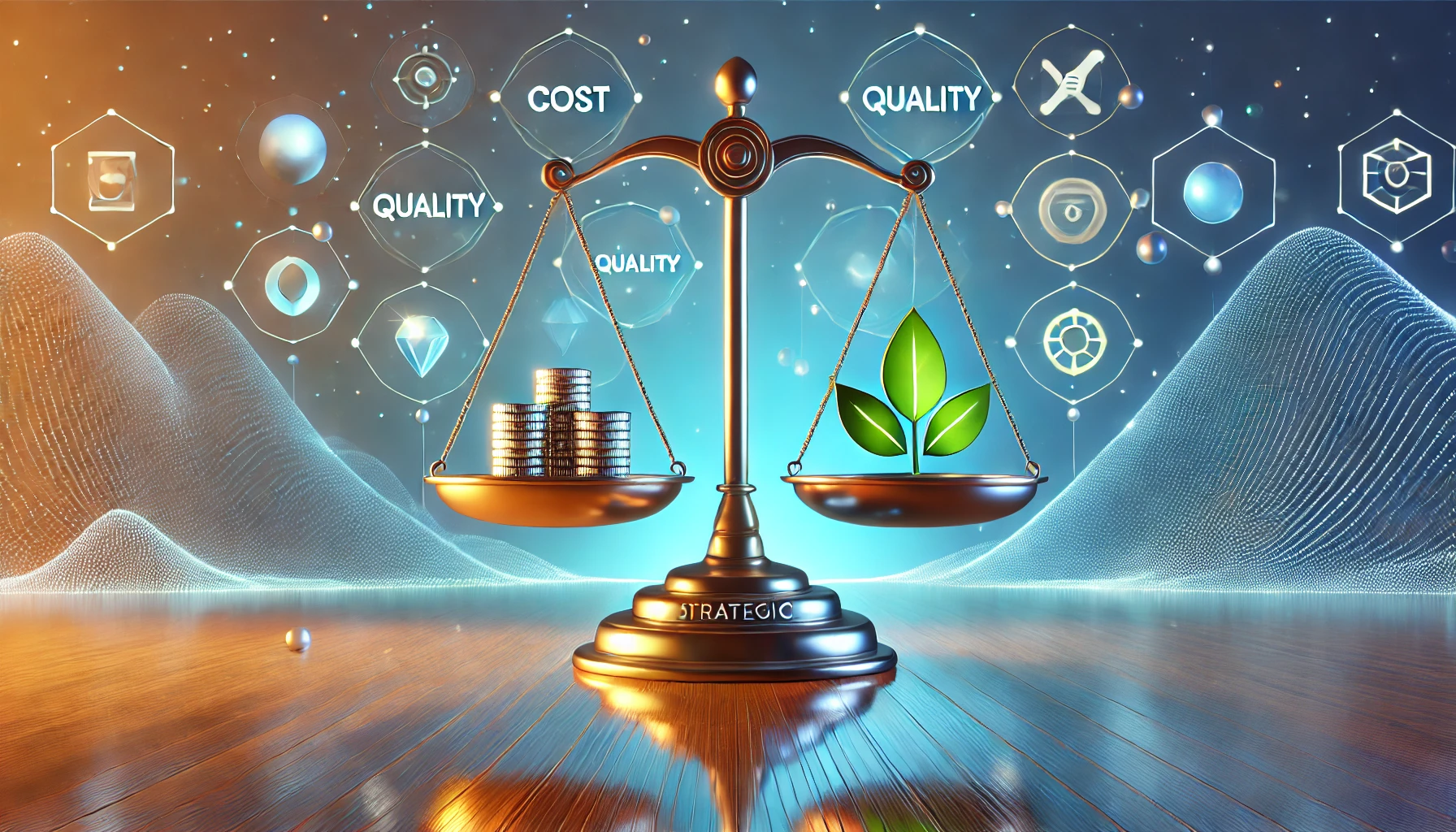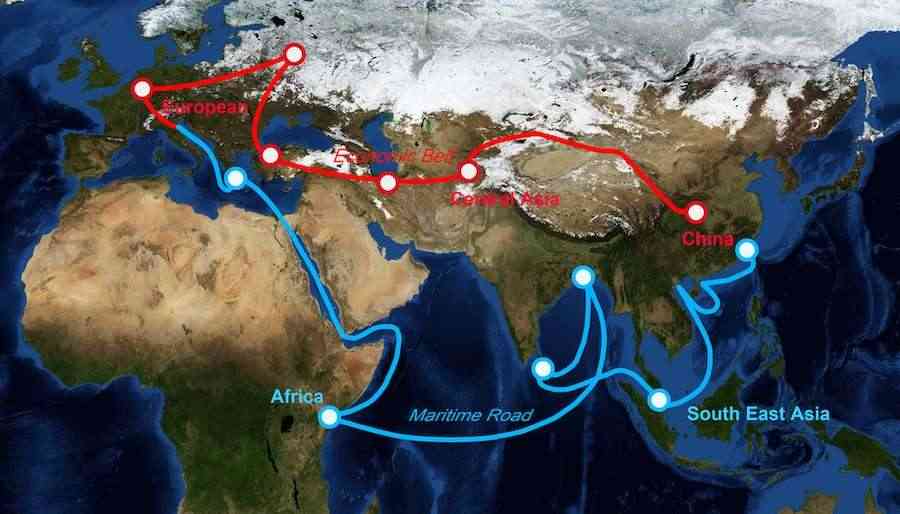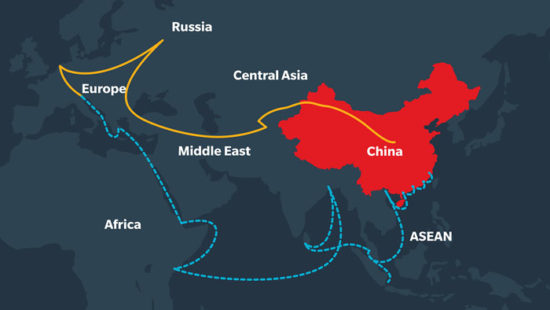In today’s interconnected world, strategic sourcing is more than just a buzzword—it’s a necessity. Businesses face the ongoing challenge of balancing cost and quality while embracing sustainability as a core value. This delicate act is not just about saving money; it’s about building relationships, driving innovation, and making a lasting positive impact. Let’s explore the art of strategic sourcing and uncover best practices that can help businesses navigate this complex yet rewarding journey.
Understanding Strategic Sourcing
Strategic sourcing goes beyond transactional procurement. It’s a proactive approach that considers the bigger picture—long-term relationships with suppliers, risk management, and aligning sourcing decisions with company goals. Effective strategic sourcing focuses on three key pillars: cost, quality, and sustainability.
While cost has traditionally driven procurement decisions, quality ensures customer satisfaction and brand loyalty, while sustainability aligns with the growing demand for ethical business practices. Achieving the right balance among these elements is where the art of strategic sourcing truly lies.
Building Strong Supplier Relationships
At the heart of strategic sourcing are strong supplier relationships. These relationships are not just about contracts but mutual trust and shared values. To foster these relationships:
- Communicate Expectations Clearly: Ensure suppliers understand your cost, quality, and sustainability goals from the outset.
- Collaborate on Innovation: Partner with suppliers to develop innovative solutions that reduce costs, improve quality, and enhance sustainability.
- Maintain Transparency: Open and honest communication builds trust, ensuring smoother collaboration during challenges.
Strong supplier relationships not only optimize operations but also create a network of allies committed to shared success.
Optimizing Costs Without Compromising Quality

Cost-saving doesn’t have to mean cutting corners. Strategic sourcing identifies areas where costs can be minimized without sacrificing quality. Here’s how:
- Leverage Data and Analytics: Use market insights and supplier performance data to negotiate better pricing.
- Consolidate Suppliers: Reducing the number of suppliers for similar commodities can lead to volume discounts and simplified logistics.
- Focus on Total Cost of Ownership (TCO): Consider long-term costs like maintenance, shipping, and disposal, not just the upfront price.
Cost optimization is most effective when aligned with maintaining high-quality standards, ensuring customer satisfaction remains uncompromised.
Embracing Sustainability in Sourcing
Sustainability is no longer optional—it’s a business imperative. Consumers, investors, and regulatory bodies are pushing companies toward environmentally responsible practices. To make sourcing sustainable:
- Choose Eco-Friendly Suppliers: Work with partners committed to reducing their carbon footprint.
- Prioritize Circular Economy Principles: Opt for suppliers who embrace recycling and waste reduction in their processes.
- Implement Ethical Audits: Ensure suppliers meet ethical labor and environmental standards.
Incorporating sustainability into sourcing practices not only benefits the planet but also enhances brand reputation and attracts conscious consumers.
Best Practices for Strategic Sourcing
To master the art of strategic sourcing, businesses must adopt best practices that integrate cost, quality, and sustainability seamlessly:
- Develop a Long-Term Strategy: Outline your sourcing goals and align them with your company’s vision.
- Regularly Evaluate Suppliers: Conduct periodic reviews to ensure suppliers continue meeting your standards.
- Invest in Technology: Use digital tools to streamline sourcing processes, analyze data, and enhance decision-making.
- Encourage Supplier Diversity: Partnering with diverse suppliers fosters innovation and supports community development.
When implemented effectively, these practices create a robust sourcing framework that adapts to evolving market demands.
The Role of Leadership in Strategic Sourcing

Strategic sourcing requires strong leadership to navigate challenges and drive innovation. A visionary leader ensures that every sourcing decision aligns with the company’s goals while inspiring teams to embrace sustainable practices. Leaders must foster a culture where cost optimization, quality assurance, and sustainability are seen as interconnected, not competing priorities.
Conclusion
Mastering the art of strategic sourcing is an ongoing journey. It’s about finding harmony between cost savings, product excellence, and environmental responsibility. By building strong supplier relationships, leveraging data, and committing to sustainable practices, businesses can achieve a sourcing strategy that benefits both the bottom line and the planet.
Balancing cost, quality, and sustainability requires expertise, vision, and a commitment to continuous improvement. As businesses navigate this journey, having a seasoned professional can make all the difference.
Mattias Knutsson, a highly experienced leader in global procurement, commodity management, and strategic business development, exemplifies the principles discussed in this article. His deep understanding of supply chain dynamics and dedication to sustainable practices have helped countless businesses achieve strategic sourcing success.
Through the art of strategic sourcing, leaders like Mattias are proving that businesses can balance cost, quality, and sustainability while building a better future for all.





